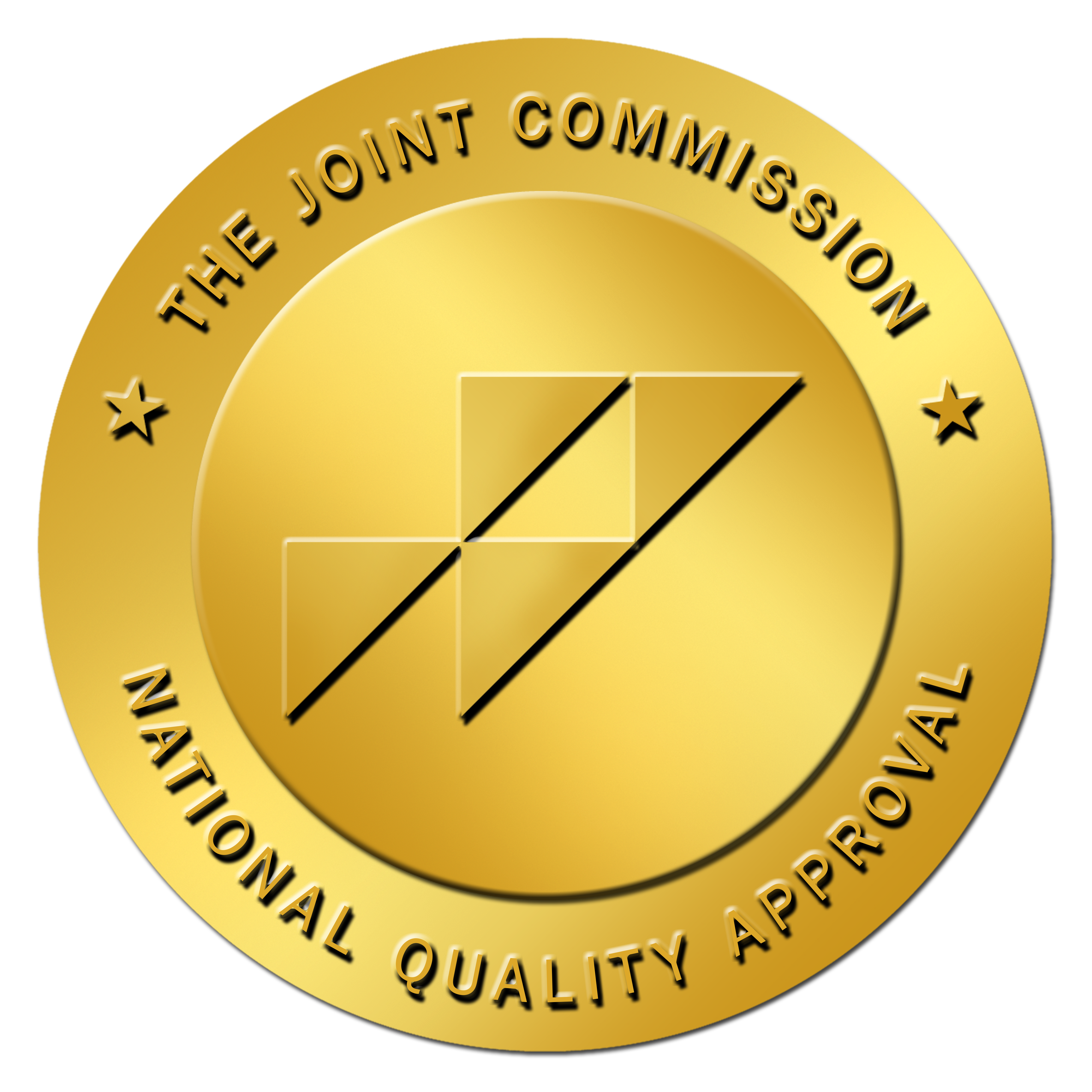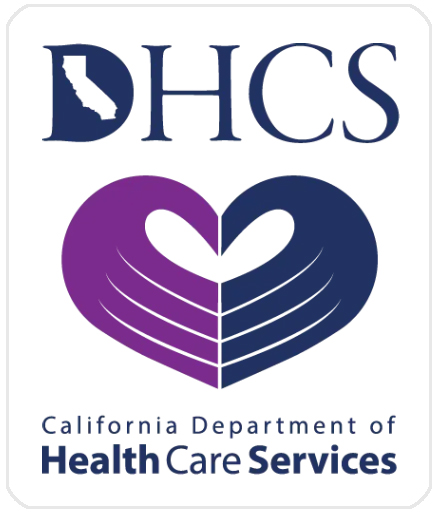On April 21st, 2016, the musician and international superstar Prince died of an unintentional drug overdose. Most of us are aware of that. What many people don’t know is the facts behind the drug held accountable for his passing: fentanyl. Known as the most powerful painkiller on the market, fentanyl is an opioid that is highly sought after. It’s also highly dangerous. Since he didn’t have a prescription for this drug, Prince’s death reveals a couple of reasons fentanyl is gaining such a bad reputation: it’s deadly and it’s getting circulated without regulation.
The Drug
Specifically designed for surgical relief, this opioid is short lasting and is most often used to control pain. Unfortunately, this drug has hit the streets and is being sold and used for recreational purposes, resulting in a widespread problem of addiction.
Fentanyl comes in a number of different formats, lozenge, strip for under the tongue, pill, as well as a patch. Some even offer a time release designed to provide longer pain relief. In a hospital setting, it is typically injected via IV to ease surgical pain.
Big Picture
The “opioid crisis” has been thrown around quite a bit lately—basically the new war on drugs. However, when you hear government officials talking about the drugs being imported into the US, fentanyl is a primary product. Recently it has been tracked to illegal labs primarily in Mexico and China and then trafficked to U.S. (amongst other countries), where it is cut with heroin. Usually, buyers are not aware of the fentanyl, which contributes to the high overdose rates.
Another reason overdose is common is that it’s tough to control. Trained professionals can effectively use this product in a hospital or medical setting but an addict is typically not trained and the resulting mistakes can be catastrophic.
In addition to overdoses, other dangerous activities surrounding fentanyl can include selling it, stealing it from the source, participating in prescription fraud, transferring from doctor to doctor to obtain the drug, and so on.
Development
Often when someone develops an addiction to painkillers, it sits secretly in their life before anyone notices. It could be a long time before there is a personal crisis that causes them to decide to change, or someone that cares about them becomes aware and urges them to make a change.
Though it takes a lot of effort to maintain a habit such as this, many people can feed an addiction to painkillers, even one as strong as fentanyl, while still continuing to work, taking care of their family, and so on. Because of this, addicts often live a secret life hidden even from their most intimate friends and family members.
Signs of Fentanyl Addiction
The symptoms associated with a physical dependency on opiates are usually the same across the board. Here are some of the typical signs to look for if you believe your loved one has an addiction:
- Anxiety attacks
- Depression
- Dizziness
- Drowsiness
- Euphoria
- Fainting
- Hallucinations
- Improved self-esteem
- Increased general anxiety
- Irritability
- Itching and scratching
- Lowered motivation
- Nausea and vomiting
- Psychosis
- Pupils the size of a pinpoint
- Shaking
- Slurred speech
- Stiffness of muscles
- Urine retention
- Weakness and trouble walking
Also, as this drug is abused over time, more and more will be needed in order to get the desired effect. This phenomenon, known as tolerance, occurs in a shocking amount of time with fentanyl. In just one week, doses can creep up to a dangerously high level and just days later it may need to be adjusted again. This can create a very costly and dangerous habit.
Recovery
Some people attempt to wean themselves off this fentanyl on their own. Not only is the prospect of this very uncomfortable and difficult, it is extremely dangerous. Because of its difficulty, relapse is typically a near-guarantee during a self-attempted detox.
A quality detox facility, such as SoCal Detox, will ensure the safety, comfort, and accountability necessary for a successful first step on the road to recovery, curbing immediate relapses and offering a solid foundation on which to build a lasting recovery.
Freedom from addiction is possible. Fentanyl is a particularly nasty player in the current opioid crisis, but with the right guidance, its effects, power, and control can be managed and overcome. At SoCal Detox, we are ready to help you or your loved one find lasting recovery. Please call us to find out more about your first step, 888-590-0777.




